Amir Patel
Towards Multi-Modal Animal Pose Estimation: An In-Depth Analysis
Oct 12, 2024



Abstract:Animal pose estimation (APE) aims to locate the animal body parts using a diverse array of sensor and modality inputs, which is crucial for research across neuroscience, biomechanics, and veterinary medicine. By evaluating 178 papers since 2013, APE methods are categorised by sensor and modality types, learning paradigms, experimental setup, and application domains, presenting detailed analyses of current trends, challenges, and future directions in single- and multi-modality APE systems. The analysis also highlights the transition between human and animal pose estimation. Additionally, 2D and 3D APE datasets and evaluation metrics based on different sensors and modalities are provided. A regularly updated project page is provided here: https://github.com/ChennyDeng/MM-APE.
Towards Non-contact Muscle Activity Estimation using FMCW Radar
Dec 21, 2023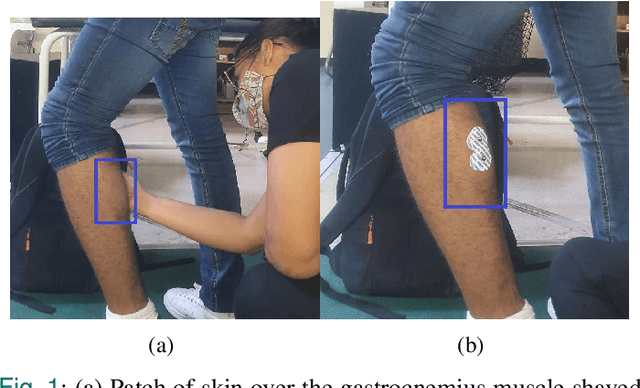
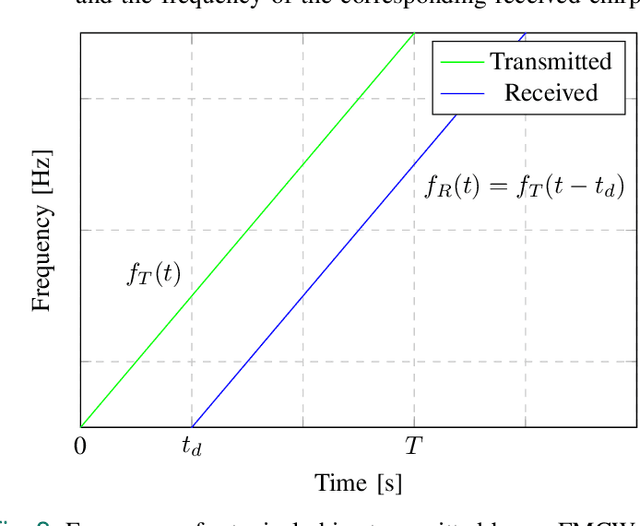
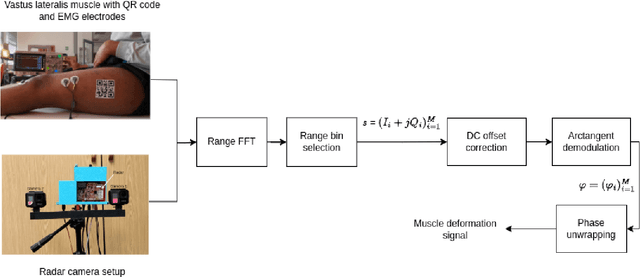
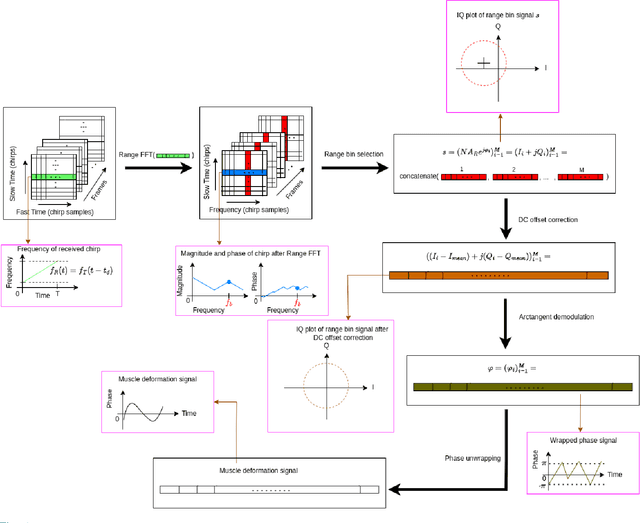
Abstract:Surface electromyography (sEMG) is a widely used muscle activity monitoring technique. sEMG measures muscle activity through monopolar and bipolar, multi-electrode electrodes. The surface electrodes are placed on the surface of the skin above the target muscle and the received signal can be used to infer the state of the muscle - active, inactive or fatigued - which serves as vital information during neurological and orthopaedic rehabilitation. Additionally, the sEMG signal can also be used for the control of prostheses. sEMG requires contact with the participant's skin and is thus a potentially uncomfortable method for the measurement of muscle activity. Moreover, the setup procedure has been termed time-consuming by sEMG experts and is listed as one of the main barriers to the clinical employment of the technique. Previous studies have shown that architectural changes, particularly muscle deformation, can provide information about the activity of the muscle, providing an alternative to sEMG. In all these studies, the muscle deformation signal is acquired using ultrasound imaging, an approach known as sonomyography (SMG). Despite its advantages, such as improved spatial resolution, SMG is still a contact based approach. In this paper, we propose a non-contact muscle activity monitoring approach that measures the muscle deformation signal using a Frequency Modulated Continuous Wave (FMCW) mmWave radar which we call radiomyography (RMG). In future, this system will enable muscle activation to be measured in an unconstrained and less cumbersome manner for both the person conducting the test and the individual being tested.
Wild Motion Unleashed: Markerless 3D Kinematics and Force Estimation in Cheetahs
Dec 10, 2023Abstract:The complex dynamics of animal manoeuvrability in the wild is extremely challenging to study. The cheetah ($\textit{Acinonyx jubatus}$) is a perfect example: despite great interest in its unmatched speed and manoeuvrability, obtaining complete whole-body motion data from these animals remains an unsolved problem. This is especially difficult in wild cheetahs, where it is essential that the methods used are remote and do not constrain the animal's motion. In this work, we use data obtained from cheetahs in the wild to present a trajectory optimisation approach for estimating the 3D kinematics and joint torques of subjects remotely. We call this approach kinetic full trajectory estimation (K-FTE). We validate the method on a dataset comprising synchronised video and force plate data. We are able to reconstruct the 3D kinematics with an average reprojection error of 17.69 pixels (62.94 $\%$ PCK using the nose-to-eye(s) length segment as a threshold), while the estimates produce an average root-mean-square error of 171.3 N ($\approx$ 17.16 $\%$ of peak force during stride) for the estimated ground reaction force when compared against the force plate data. While the joint torques cannot be directly validated against ground truth data, as no such data is available for cheetahs, the estimated torques agree with previous studies of quadrupeds in controlled settings. These results will enable deeper insight into the study of animal locomotion in a more natural environment for both biologists and roboticists.
Automated Tackle Injury Risk Assessment in Contact-Based Sports -- A Rugby Union Example
Apr 22, 2021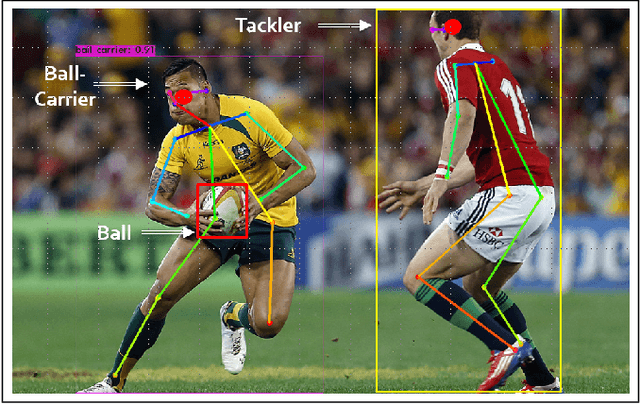
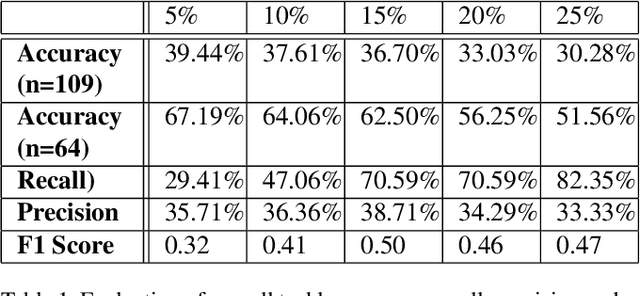

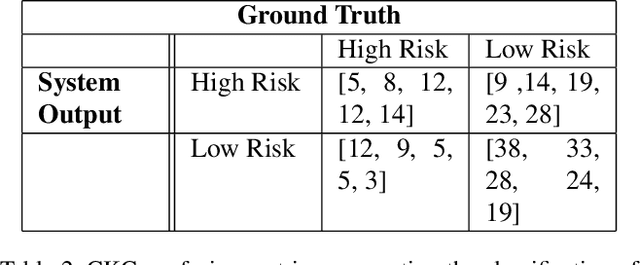
Abstract:Video analysis in tackle-collision based sports is highly subjective and exposed to bias, which is inherent in human observation, especially under time constraints. This limitation of match analysis in tackle-collision based sports can be seen as an opportunity for computer vision applications. Objectively tracking, detecting and recognising an athlete's movements and actions during match play from a distance using video, along with our improved understanding of injury aetiology and skill execution will enhance our understanding how injury occurs, assist match day injury management, reduce referee subjectivity. In this paper, we present a system of objectively evaluating in-game tackle risk in rugby union matches. First, a ball detection model is trained using the You Only Look Once (YOLO) framework, these detections are then tracked by a Kalman Filter (KF). Following this, a separate YOLO model is used to detect persons/players within a tackle segment and then the ball-carrier and tackler are identified. Subsequently, we utilize OpenPose to determine the pose of ball-carrier and tackle, the relative pose of these is then used to evaluate the risk of the tackle. We tested the system on a diverse collection of rugby tackles and achieved an evaluation accuracy of 62.50%. These results will enable referees in tackle-contact based sports to make more subjective decisions, ultimately making these sports safer.
AcinoSet: A 3D Pose Estimation Dataset and Baseline Models for Cheetahs in the Wild
Mar 24, 2021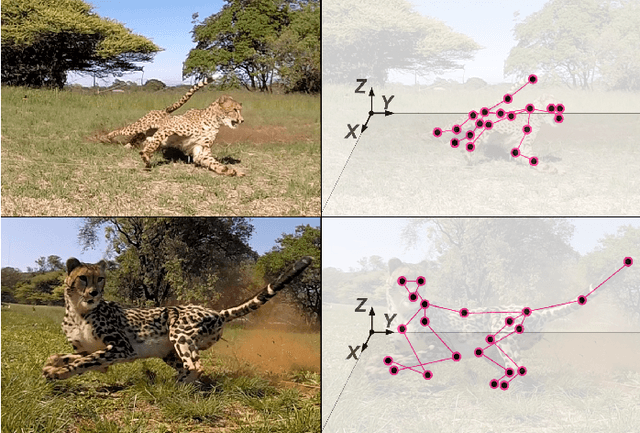
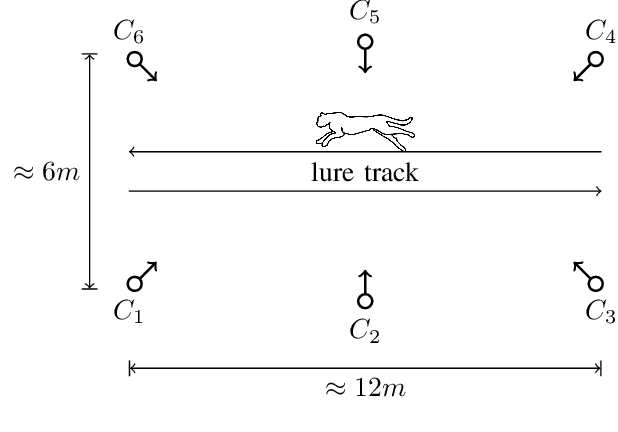
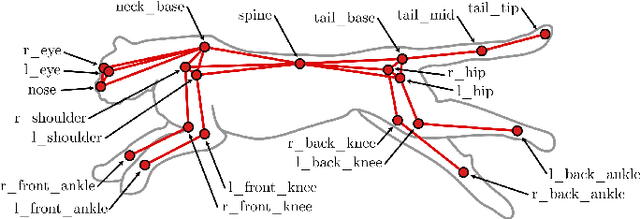
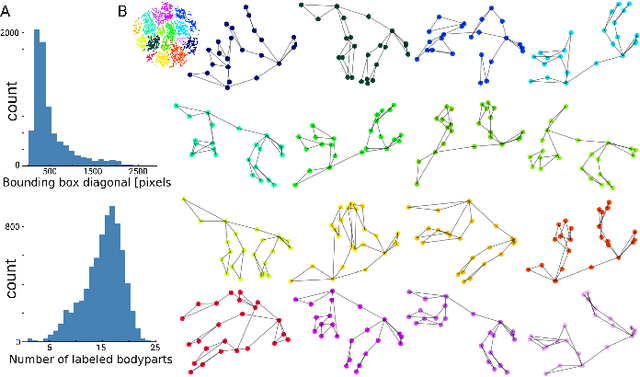
Abstract:Animals are capable of extreme agility, yet understanding their complex dynamics, which have ecological, biomechanical and evolutionary implications, remains challenging. Being able to study this incredible agility will be critical for the development of next-generation autonomous legged robots. In particular, the cheetah (acinonyx jubatus) is supremely fast and maneuverable, yet quantifying its whole-body 3D kinematic data during locomotion in the wild remains a challenge, even with new deep learning-based methods. In this work we present an extensive dataset of free-running cheetahs in the wild, called AcinoSet, that contains 119,490 frames of multi-view synchronized high-speed video footage, camera calibration files and 7,588 human-annotated frames. We utilize markerless animal pose estimation to provide 2D keypoints. Then, we use three methods that serve as strong baselines for 3D pose estimation tool development: traditional sparse bundle adjustment, an Extended Kalman Filter, and a trajectory optimization-based method we call Full Trajectory Estimation. The resulting 3D trajectories, human-checked 3D ground truth, and an interactive tool to inspect the data is also provided. We believe this dataset will be useful for a diverse range of fields such as ecology, neuroscience, robotics, biomechanics as well as computer vision.
Contact-Implicit Trajectory Optimization using Orthogonal Collocation
Apr 02, 2019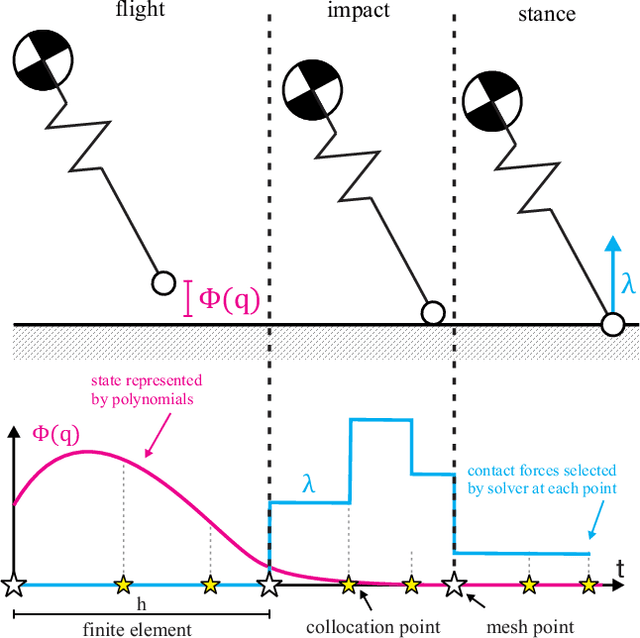
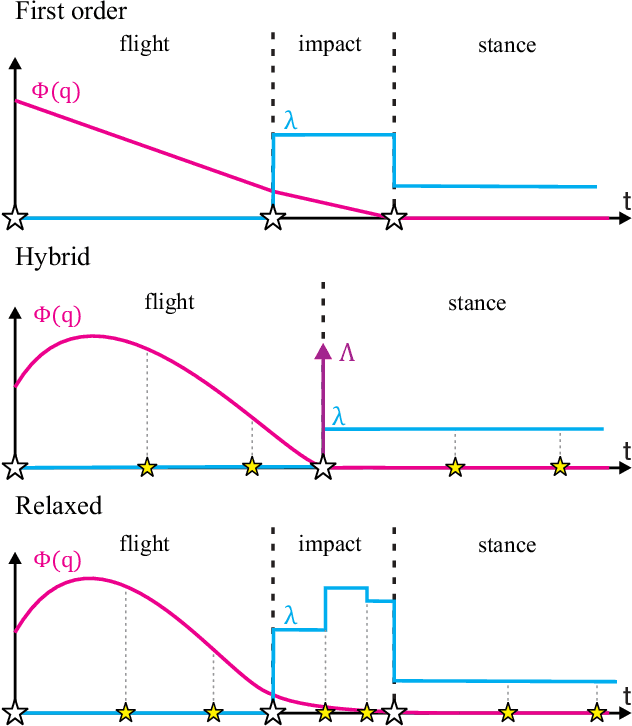
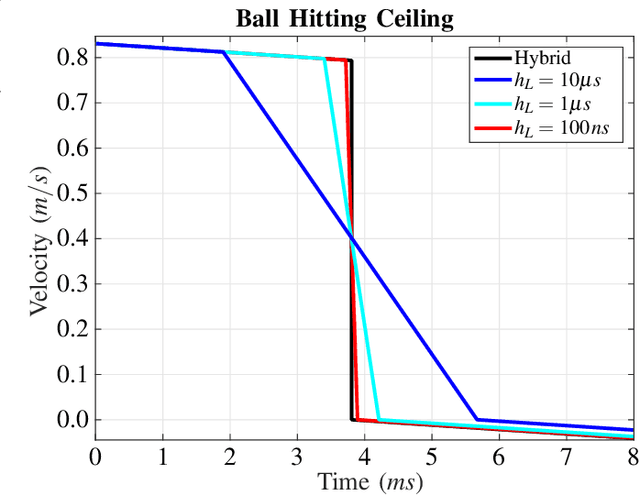
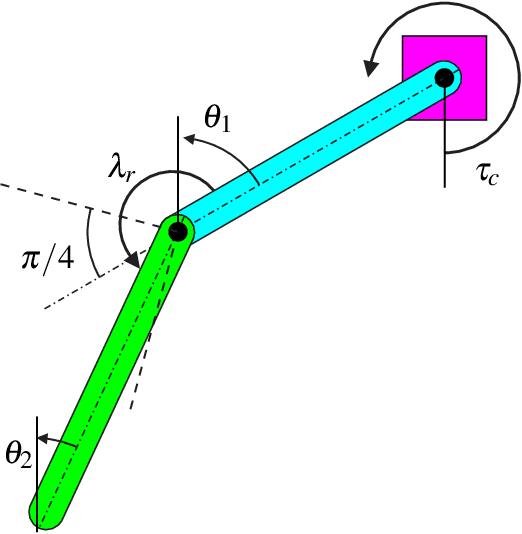
Abstract:In this paper we propose a method to improve the accuracy of trajectory optimization for dynamic robots with intermittent contact by using orthogonal collocation. Until recently, most trajectory optimization methods for systems with contacts employ mode-scheduling, which requires an a priori knowledge of the contact order and thus cannot produce complex or non-intuitive behaviors. Contact-implicit trajectory optimization methods offer a solution to this by allowing the optimization to make or break contacts as needed, but thus far have suffered from poor accuracy. Here, we combine methods from direct collocation using higher order orthogonal polynomials with contact-implicit optimization to generate trajectories with significantly improved accuracy. The key insight is to increase the order of the polynomial representation while maintaining the assumption that impact occurs over the duration of one finite element.
 Add to Chrome
Add to Chrome Add to Firefox
Add to Firefox Add to Edge
Add to Edge